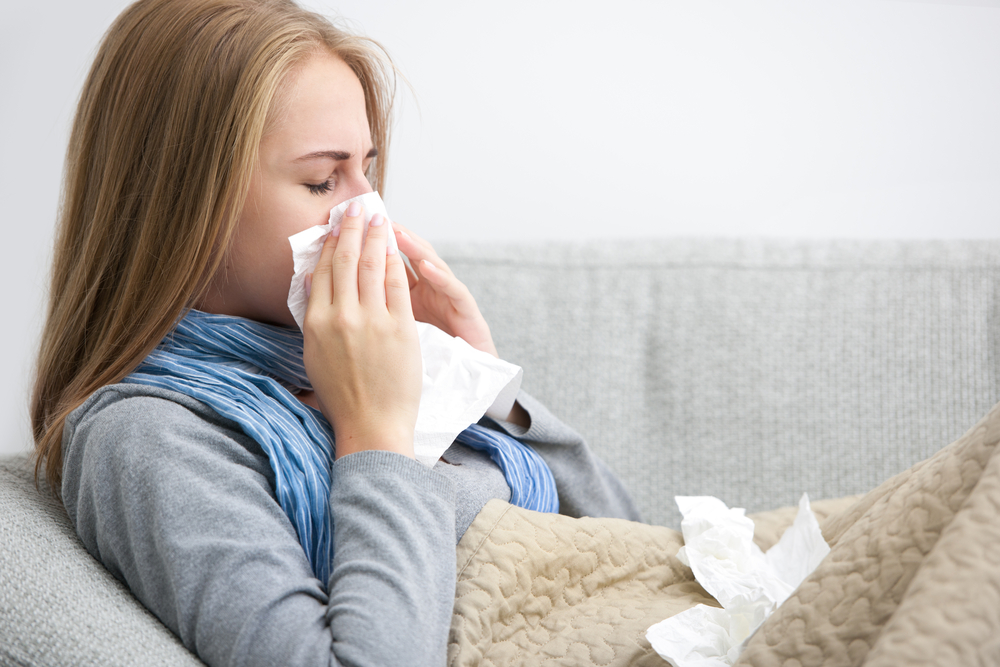
A special type of ultraviolet light may stop the dreaded flu virus right in its tracks.
Researchers from the Columbia University Medical Center have discovered that continuous low doses of far ultraviolet C (far-UVC) light can kill airborne flu viruses without harming human tissues.
Broad-spectrum UVC light—which has a wavelength between 200 and 400 nanometers—has been used for decades as a highly effective method to kill bacteria and viruses by destroying the molecular bonds that hold their DNA together.
“Unfortunately, conventional germicidal UV light is also a human health hazard and can lead to skin cancer and cataracts, which prevents its use in public spaces,” study leader David Brenner, PhD, the Higgins Professor of Radiation Biophysics Professor of Environmental Health Sciences and director of the Center for Radiological Research at CUIMC, said in a statement.
The researchers tested if far-UVC light could efficiently kill aerosolized influenza virus in the air in a setting similar to a public space.
In the study, aerosolized H1N1 virus–a common strain of flu virus–was released into a test chamber and exposed to very low doses of 222 nm far-UVC light. The researchers found that the far-UVC light efficiently inactivated the flu viruses with about the same efficiency as conventional germicidal UV light.
“If our results are confirmed in other settings, it follows that the use of overhead low-level far-UVC light in public locations would be a safe and efficient method for limiting the transmission and spread of airborne-mediated microbial diseases, such as influenza and tuberculosis,” Brenner said.
A team of researchers, including Brenner, hypothesized several years ago that far-UVC could kill microbes without damaging healthy tissue.
“Far-UVC light has a very limited range and cannot penetrate through the outer dead-cell layer of human skin or the tear layer in the eye, so it’s not a human health hazard,” Brenner said. “But because viruses and bacteria are much smaller than human cells, far-UVC light can reach their DNA and kill them.”
Influenza virus spreads from person to person mainly through fine liquid droplets, or aerosols, that become airborne when people with flu cough, sneeze, or talk. The results suggest that far-UVC light could be used in hospitals, doctor’s offices, schools, airports, airplanes and other public spaces to check on seasonal influenza epidemics and influenza pandemics.




